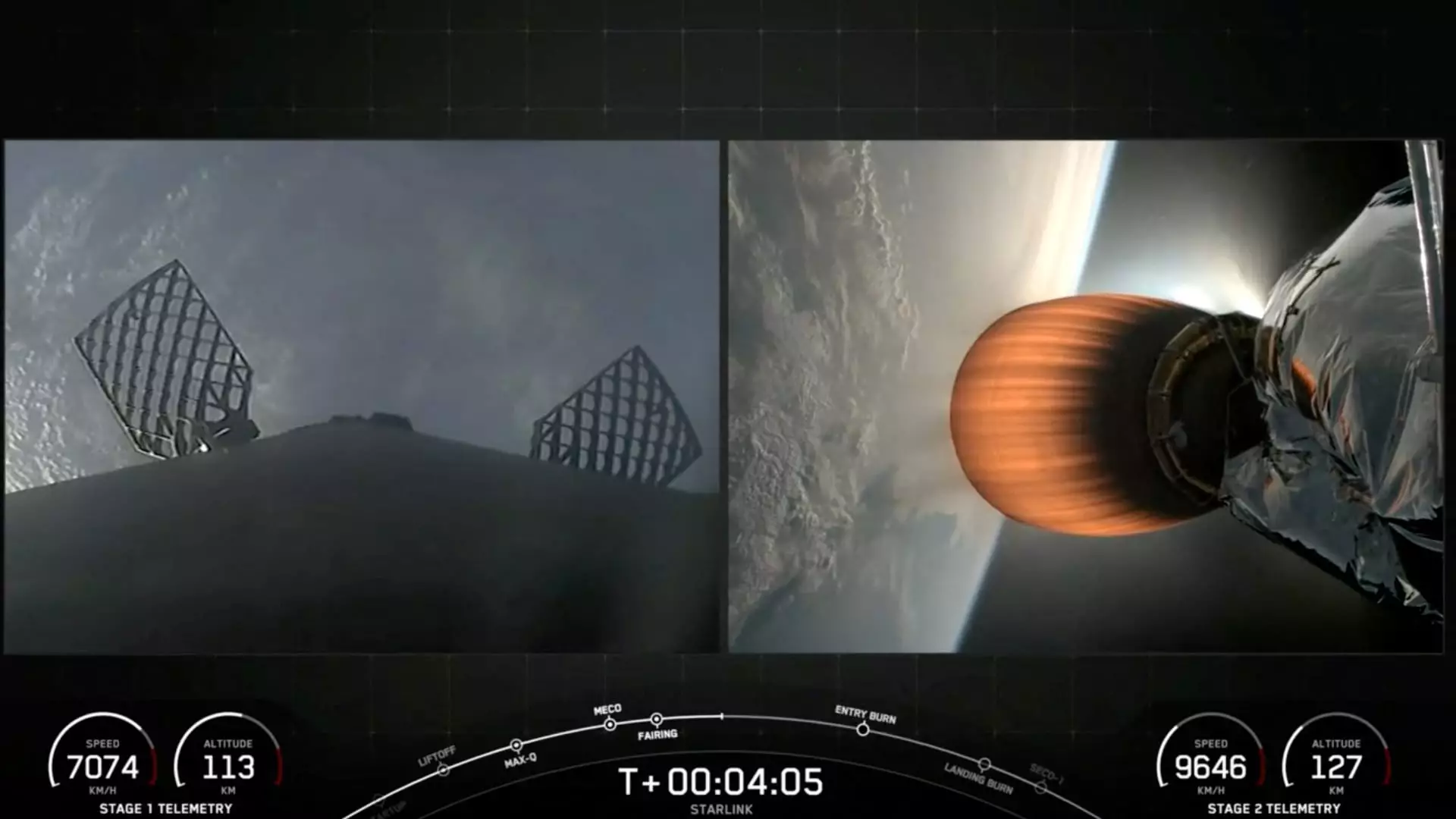SpaceX’s Falcon 9 rocket, which has been a reliable workhorse for the company, faced an unexpected setback recently. The incident, which occurred during the “Starlink Group 9-3” mission, led to the grounding of the rocket for an investigation. The rocket took off from California’s Vandenberg Space Force Base with the goal of deploying 20 satellites into low Earth orbit.
The malfunction in the Falcon 9 rocket was attributed to the upper second stage, which failed to reignite its engine as planned. This failure, described by SpaceX CEO Elon Musk as an “engine RUD,” resulted in the destruction of the second stage. The investigation revealed that the engine failure was caused by a leak of liquid oxygen in the second stage, leading to the unexpected outcome.
Regulatory Scrutiny and Investigation Process
The Federal Aviation Administration (FAA) has taken charge of overseeing the investigation into the incident before granting approval for the Falcon 9 to resume operations. SpaceX is required to present a final report to the FAA, detailing the causes of the failure and any corrective actions taken to prevent such incidents in the future. This process ensures that the safety and reliability of SpaceX’s missions are upheld.
Impact on Future Launches
The setback in the Starlink mission, the 69th Falcon 9 launch of the year, is expected to cause delays in upcoming launches, including two crewed missions: the private Polaris Dawn and NASA’s Crew-9. The lower than intended orbit of the 20 Starlink satellites due to the engine failure poses a challenge for SpaceX. Despite efforts to salvage the situation by making contact with some of the satellites, they will ultimately re-enter the Earth’s atmosphere and burn up.
Falcon 9 has been a beacon of success for SpaceX, with over 300 consecutive successful orbital launches prior to this incident. The rocket’s durability and reusability have set new standards in the aerospace industry. However, the unforeseen failure serves as a reminder of the inherent risks involved in space exploration. SpaceX’s commitment to safety and continuous improvement will be crucial in regaining the trust of stakeholders and ensuring the resilience of future missions.

